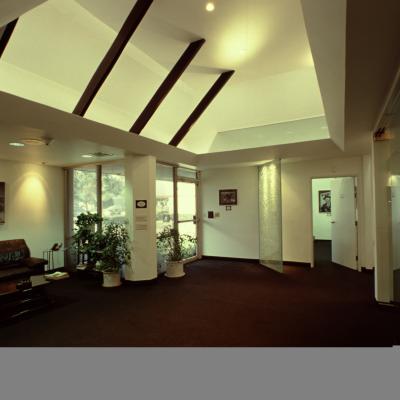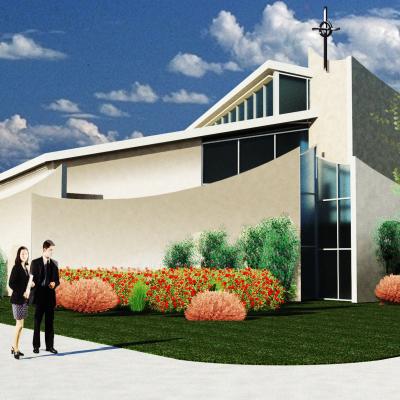What is the Architect's responsibility to the client for life cycle costing for the design of a project?
In determining the program requirements for a project prior to submitting a proposal for services or helping the client with the analysis in determining the programming requirements for a project at the beginning of services, the architect should discuss life cycle costing issues. This can include the length of time the owner anticipates keeping the property under his or her watch.
There are also speculative and sales advantages for the owner on the sale of a project. Loan options on the development and or sale of the property may also be affected by the life cycle costing issues.
But first we must inform the owner that life cycle costing issues will not have a negative impact on the aesthetic issue of the project. A well-designed site and building using sustainable concepts and building materials can look and perform as well, and maintain better, than a development with no thought into how long the materials specified will last.
Materials that are not specified to their quality, nature and type of use will show signs of wear, stop working the way they are supposed to, cause damage to other building parts, and cause disruption to the use of the facility. This is true for any type, size of the site, or building.
Repairing, replacing, property down-time and reputation all take a negative hit when unanticipated maintenance issues must be dealt with. Materials have life spans and a suggested maintenance schedule. As long as the owner is aware of the options of material, longevity, first cost, life time costs, and maintenance issues, intelligent choices can be made on a case-by-case basis.
This is what life cycle costing is all about. When is the payback on a more expensive item expected? How does it affect the financial modeling of the project over time? How does it affect taxes, rebates, marketing issues, company or personal commitments to the earth, and real sustainable life styles? What kind of statement are you or your client making? What is your legacy? How are you affecting your client's legacy?
Choosing building materials with long replacement schedules and low maintenance requirements that are appropriate to their uses and climates will save your client a lot of grief, money and their reputation in most cases. These same materials can also save energy and reduce negative impact to the environment. Many of these materials can also be reused when time comes for their replacement.
These same materials provide the Architect with the ability to design better looking and longer lasting projects. Some materials can also provide for the disassembly and reassembly for modified or expanding facilities without the requirement of using new materials. The reuse of properly specified materials can provide for phased construction projects, over time, with great benefit to the client. One material with all the positive attributes mentioned is the metal cool roof solution.
This type of discussion is what clients are looking for in their Architect. All we need to do is help educate the owner and the design team to these issues. Then, real choices that enrich the clients' position in the project can be implemented.










